Different types of paving materials
Are you planning to breathe a new life into the landscape of your house by laying new pavers? Nowadays DIY stores offer a wide range of them and it can be quite tricky to choose the best option for yourself.
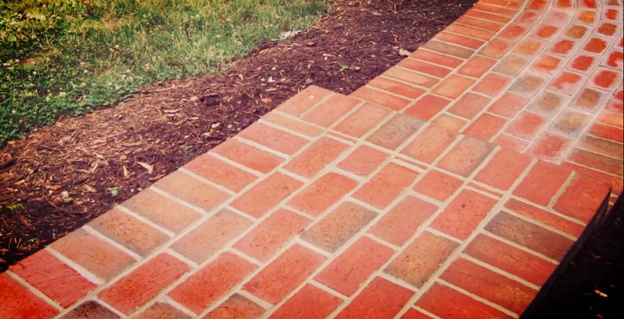
The most important aspect you should pay attention to while choosing pavers is the material they are made of. That is why in this article we will look at the most common types of paving materials and consider all the pros and cons.
Brick
Brick is a very popular material since it is suitable for any climate. It naturally has a pleasant hue but note that brick pavers come in different colors too.
Pros:
- easy to maintain – dirt can be removed easily;
- durability;
- brick is perfect for an area next to a swimming pool because it prevents slips;
- can be installed easily by an amateur.
Cons:
- although brick is a lasting material, the interlocking between tiles weaken during freezing winters. Some cracks can appear in the mortar used for laying bricks.
- oil and grease stains can be extremely difficult to wash off;
- individual tiles can be replaced – however, they will not match the level and the shade of the rest of the bricks.
Concrete
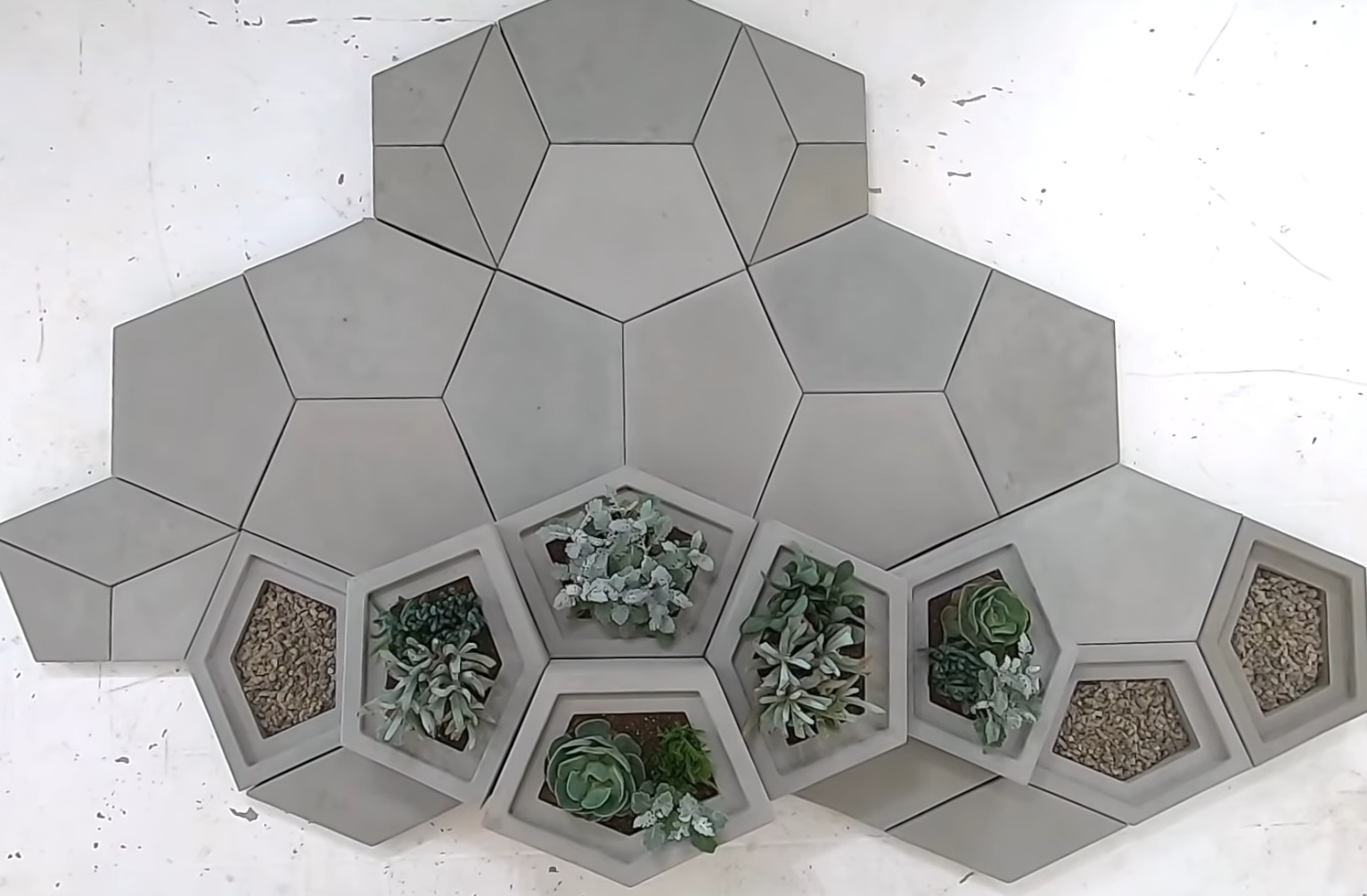
Concrete is the most standard paving material among other types of paver bricks. It is a popular choice for a driveway or a roadway. Laying concrete pavers is quite a straightforward process as they can be cut.
Pros:
- can be customized by staining, stamping, painting and have almost any color;
- stains are washed off easily with a concrete stain remover;
- concrete tiles are more durable than poured concrete;
- low cost;
- simple installation;
- good traction with a wet surface;
- single bricks can be replaced with no problem.
Cons:
- needs sealing to maintain a fresh look;
- lasts only for 25-30 years;
- cracks are likely to appear with abrupt temperature change;
- color can fade away as time passes;
- weeds often grow in cracks;
- the base must be laid properly.
Bluestone
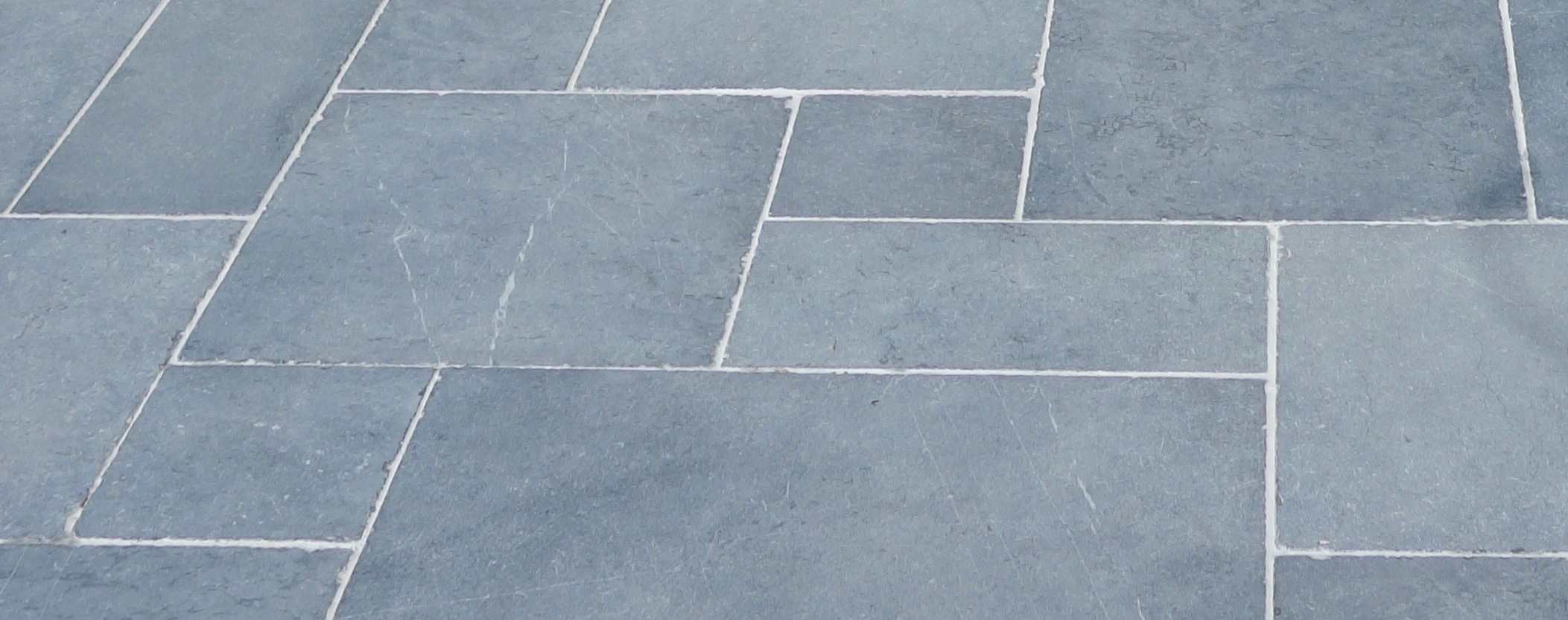
Bluestone is a name for sandstone of blue-grey color rather than a geological term. Because of its look, this building material looks in harmony with nature when used in outdoor space. Bluestone can be laid in three forms: tiles, slabs, or gravel.
Pros:
- can withstand all the weather extremities;
- its royal blue color. Unfortunately, it fades over time;
- can be combined with a variety of other types of bricks for paving;
- can take on different shapes;
- is resistant to water and can be washed often;
- individual tiles can be replaced;
- thanks to its different forms it is suitable for different applications: driveways, outdoor stairs, a garden, pool surroundings, patios, etc.
Cons:
- genuine bluestone has quite a high cost;
- some fraudsters sell other materials under the semblance of bluestone;
- requires a professional for installation.
Marble
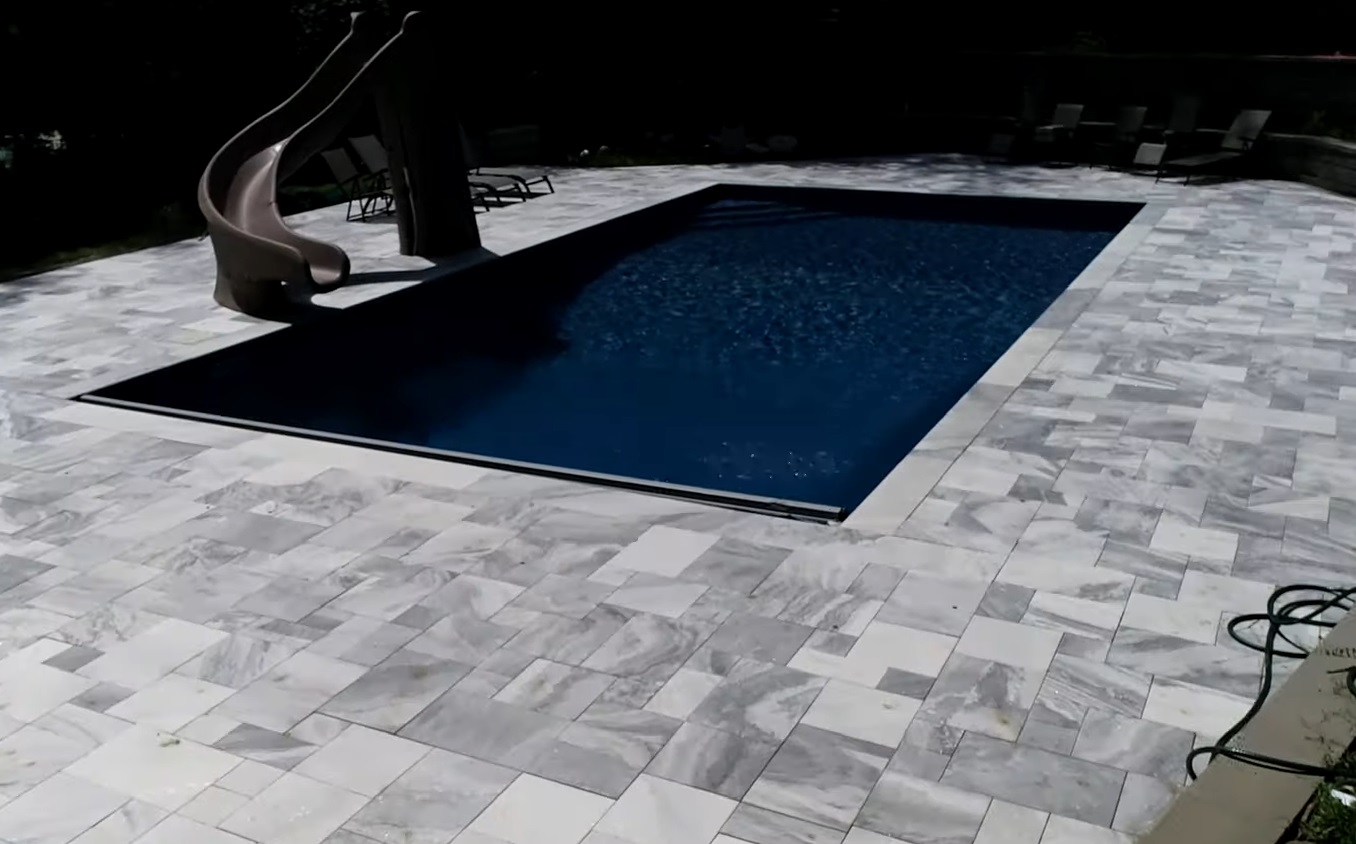
Marble pavers are produced by means of exposing limestone to a very high temperature and pressure. This paving product does not look as dull as other materials – it looks luxurious and can make a perfect contrast with grass on your lawn.
Send us a request
And get a unique offer
Pros:
- hardly ever needs cleaning – you can just rinse it with water from time to time;
- it is a natural material, therefore, it is environment-friendly and its color does not fade with the pace of time;
- marble pavers are a good choice for a swimming pool surroundings as they remain cool in the hot weather;
- can be of different color, not only dusty white – rose, golden and even black;
- looks upmarket;
- lasts long;
- sometimes it is combined with granite.
Cons:
- high cost;
- can be scratched easily.
Porcelain
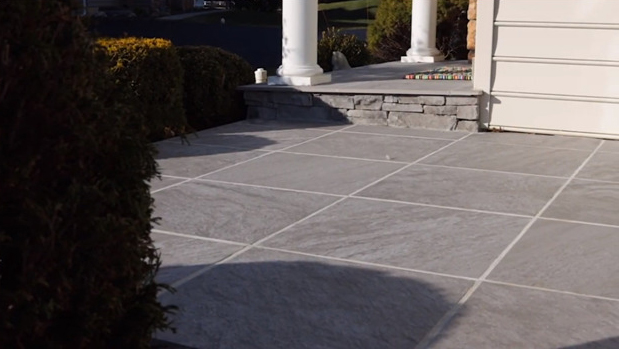
Porcelain is clay exposed to soaring temperatures. Because of this porcelain pavers are very dense and solid. Therefore they hardly absorb liquid and are often used for pool decks. However, porcelain pavers can be good for indoor spaces and different outdoor areas too. Nowadays this kind of tiles can be manufactured in a way that makes them look almost like natural stones.
Pros:
- low cost opposed to natural raw building materials;
- does not need special cleaning. Porcelain is chemical-resistant – it can be washed with a regular cleanser;
- a surface is hard to be scratched;
- non-slippery and resistant to a low temperature;
- hardly absorbs liquid, which helps prevent mold from appearing;
- comes in a wide range of patterns and colors.
Cons:
- severe frost can decrease the durability of this material in a long run.
Cobblestone
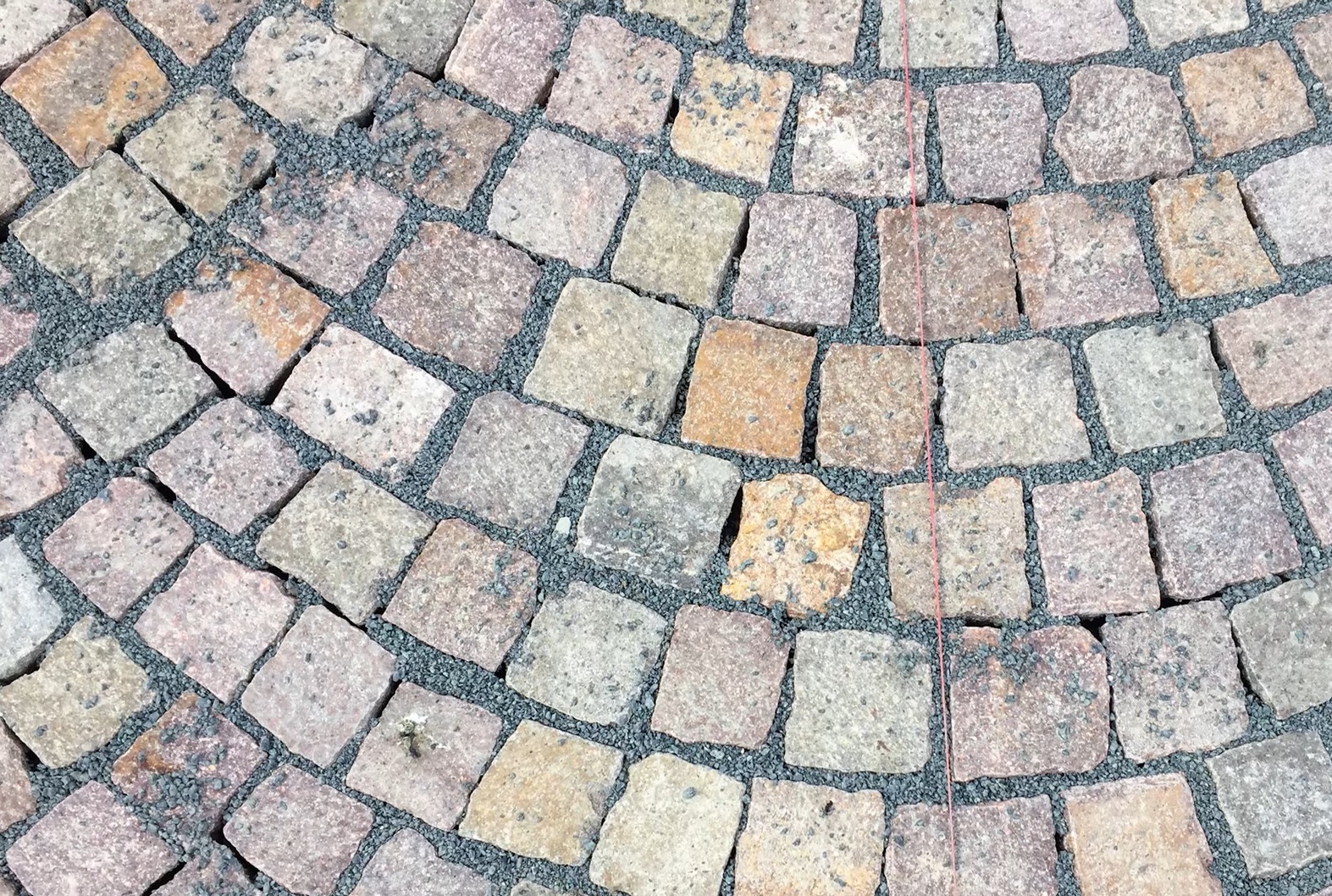
Cobblestone pavers are bricks made of natural stone, although nowadays many manufacturers sell concrete bricks under the name of cobblestone pavers. They can be made of limestone, sandstone and others, but granite is used most often. Cobblestone is both durable and gives your yard a pleasant atmosphere of bygone era.
Pros:
- can last for almost a century. Laying extra base material will make it last even longer;
- a vintage look;
- permeable surface – an advantage for rainy regions;
- does not require much maintenance – washing 1-2 times annually is enough;
- has plenty of colors.
Cons:
- it is one of the most expensive on our paving materials list;
- if you decide to lay it yourself, you will have to buy some installation materials and spend a lot of time;
- cobblestone tiles laid with mortar can crack.
Rubber

Rubber pavers are produced from recycled tyres. It is the most eco-friendly among different types of paving materials. In spite of this fact, it is not too costly. To install them easily, protect rubber tiles from sun and liquid.
Pros:
- such pavers are quite soft – you will not get tired walking on them. Also, it is a good solution if you have children. If they fall on rubber pavers, the injuries will not be that serious;
- available in black, grey and red color;
- the surface does not become slippery when wet;
- isn’t prone to cracking or chipping.
Cons:
- more expensive than concrete bricks;
- it is unknown yet if the material is durable or not as the product has been sold for too short a time.
Plastic
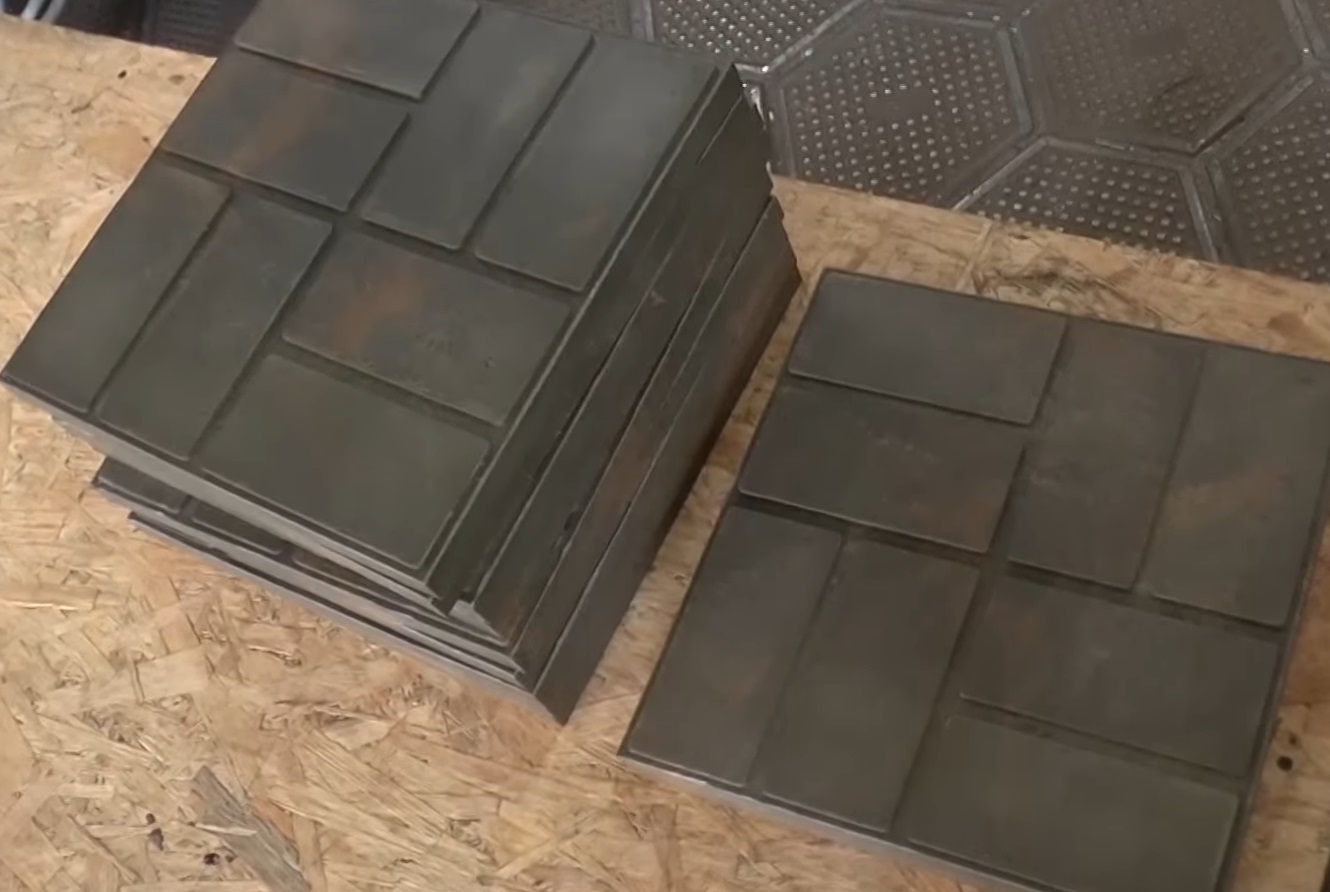
Plastic tiles can be made of both new and recycled plastic. Plastic-containing liquid is put into a paver-shaped container, then it hardens – and a plastic paver is produced. If you care about the environment, you might be interested in this kind of material for your house’s landscape.
Pros:
- plastic recycling;
- longevity (compared to concrete, for instance);
- a permeable surface – suitable for rainy climate;
- there are various shapes and types.
Cons:
- has a considerable cost as recycling is required to produce plastic tiles;
- it can be tricky in some regions to find a place where plastic pavers are sold.
In conclusion, we would advise you to take into account before setting your choice on this or that kind of pavers not only your needs, but also external factors such as climate and terrain you live in.
Get a quote for free!
Complete the form below, and we'll call you to
discuss your exact project requirements






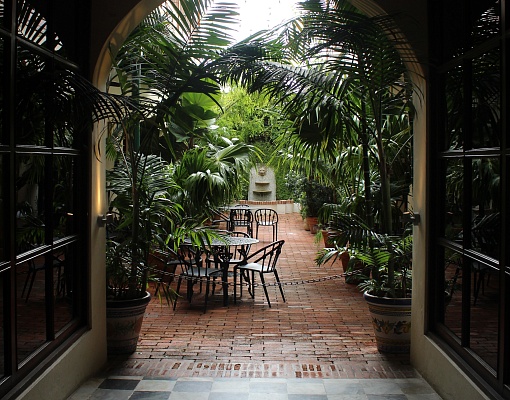

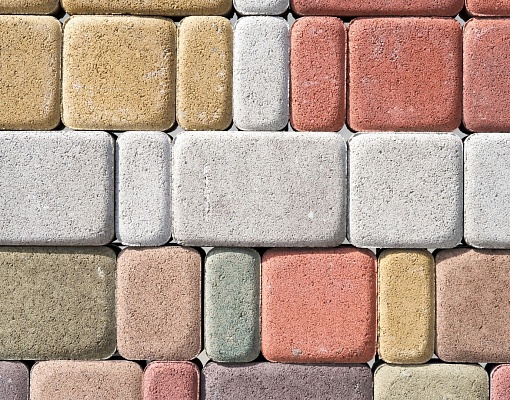

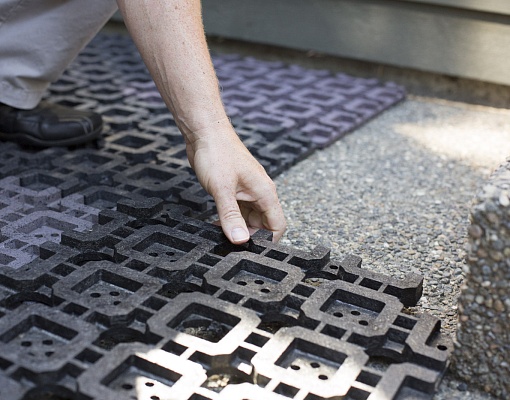
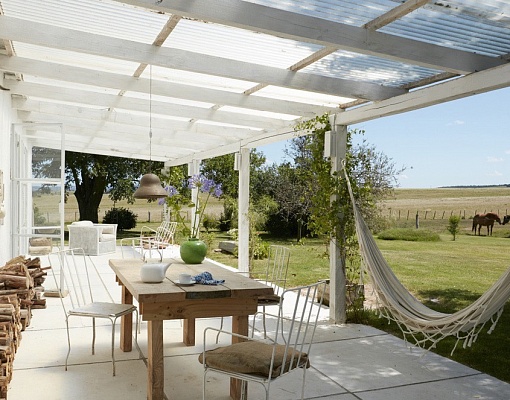
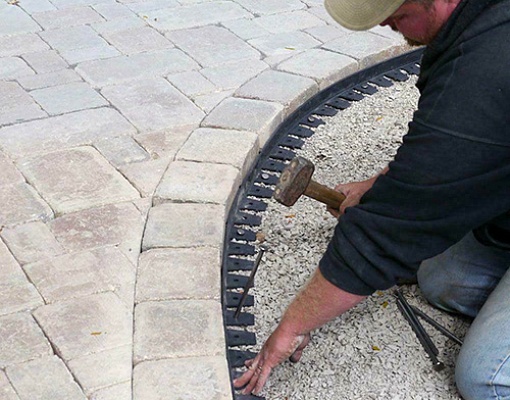
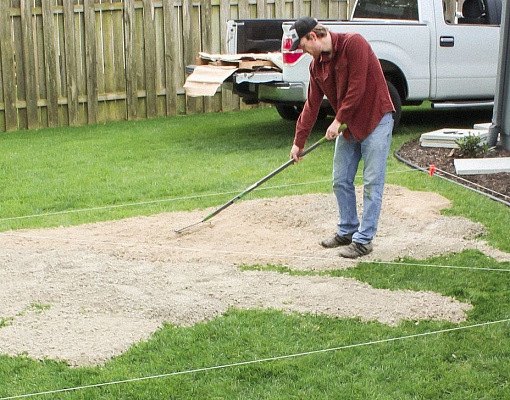
Leave a comment